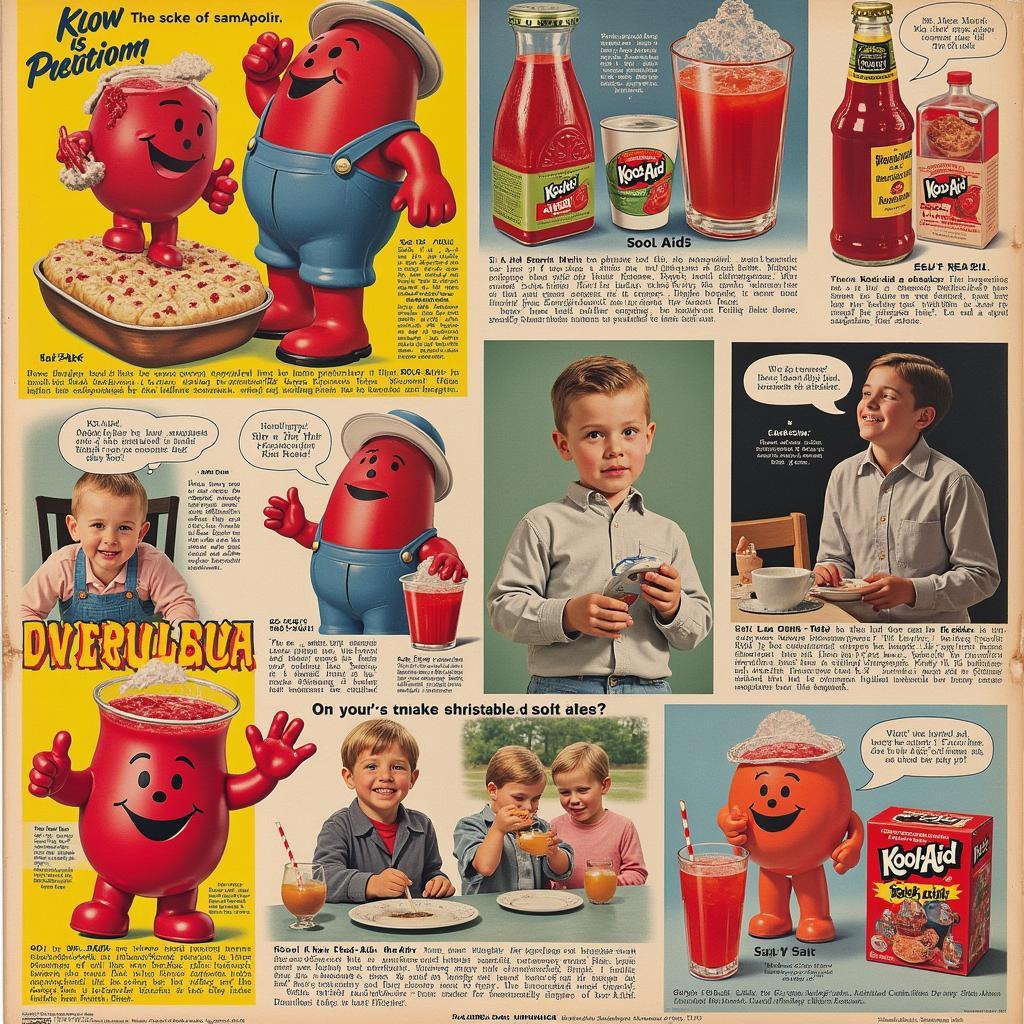Kool-Aid, a ubiquitous summertime drink, might seem like a simple beverage, but its impact extends beyond quenching thirst on a hot day. While not directly impacting agriculture in the way farming practices or crop yields do, the story of Kool-Aid intertwines with the agricultural landscape and societal shifts of the 20th century, particularly in the United States. This article explores the nuanced relationship between Kool-Aid, agriculture, and society, examining its surprising connections to farming communities and its influence on consumer culture.
From Orchard to Powdered Paradise: Kool-Aid’s Agricultural Roots
Edwin Perkins, the inventor of Kool-Aid, hailed from Nebraska, a state deeply rooted in agriculture. His initial product, a concentrated liquid fruit extract called Fruit Smack, was developed as a cost-effective way to ship and preserve fruit flavors, reducing spoilage and transportation costs, issues pertinent to the agricultural industry of the time. This innovation, while seemingly small, addressed a real challenge faced by farmers dealing with perishable goods. Perkins’ focus on affordability resonated with a nation grappling with the economic hardships of the Great Depression, making Kool-Aid a welcome treat for families struggling to make ends meet.
The shift from Fruit Smack to powdered Kool-Aid in 1927 further minimized shipping costs and increased shelf life, again reflecting the practicalities of the time and indirectly benefiting the wider agricultural landscape by providing another avenue for fruit produce. While Kool-Aid doesn’t directly utilize large-scale agricultural production in its current form, its origin story is deeply intertwined with the challenges and innovations surrounding fruit preservation and distribution, a crucial aspect of the agricultural industry.
A Cultural Phenomenon: Kool-Aid’s Societal Impact
Kool-Aid’s impact transcends its agricultural origins. Its affordable price point and vibrant flavors made it accessible to a wide range of consumers, quickly becoming a staple in American households. The rise of mass marketing and advertising in the mid-20th century played a significant role in Kool-Aid’s widespread popularity. Clever marketing campaigns and the iconic Kool-Aid Man cemented the drink’s place in popular culture, shaping consumer preferences and influencing childhood memories for generations.
 Kool-Aid's Marketing and Societal Impact
Kool-Aid's Marketing and Societal Impact
Kool-Aid became more than just a drink; it became a symbol of summer, childhood, and affordable indulgence. Its simple preparation and vibrant colors made it a favorite for community gatherings, picnics, and family celebrations, weaving itself into the fabric of American social life.
From Depression-Era Treat to Modern-Day Icon: Kool-Aid’s Enduring Legacy
Kool-Aid’s journey reflects the changing landscape of both agriculture and society. Its initial development addressed real challenges in fruit preservation and distribution, while its subsequent marketing and cultural integration solidified its place as a beloved beverage. Though not a direct agricultural product, Kool-Aid’s story highlights the interconnectedness of seemingly disparate industries and the unexpected ways innovation can shape both consumer culture and societal trends.
Conclusion
While Kool-Aid’s direct impact on agriculture may be limited to its early stages, its story offers a glimpse into the ingenuity and adaptability of businesses responding to agricultural challenges. Its subsequent cultural impact, driven by clever marketing and societal trends, has cemented its position as a recognizable and beloved beverage, demonstrating the complex interplay between agriculture, society, and consumer culture. Understanding how did Kool-Aid impact agriculture and society provides a unique perspective on the evolution of both food production and consumer behavior in the 20th century.
FAQ
- What is Kool-Aid’s main ingredient? Sugar, citric acid, and artificial flavors and colors.
- Who invented Kool-Aid? Edwin Perkins.
- Where was Kool-Aid invented? Hastings, Nebraska.
- When was Kool-Aid invented? 1927 (powdered form).
- Why was Kool-Aid invented? To reduce shipping costs and spoilage of fruit-based drinks.
- What is the Kool-Aid Man? A large, anthropomorphic pitcher of Kool-Aid, used in advertising.
- Is Kool-Aid still popular today? Yes, it remains a popular and affordable beverage.
Need assistance? Contact us at Phone: 02043854663, Email: [email protected] or visit us at Khu 34, Bac Giang, 260000, Vietnam. We have a 24/7 customer service team.